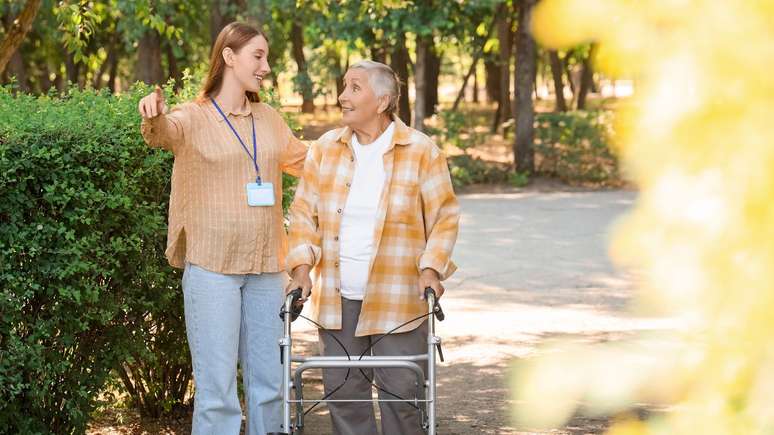Brazilian and British researchers show that vitamin D deficiency can impair muscle strength and increase the risk of walking slowly in older adults
Vitamin D, known for its essential role in bone health and the immune system, can also be an important ally for mobility in old age. A study conducted by researchers at the Federal University of San Carlo (UFSCar) in collaboration with University College LondonIn United Kingdomrevealed that older adults with vitamin D deficiency were at greater risk of developing slow walking and mobility, a major indicator of physical frailty and loss of independence.
When lack of vitamin D affects steps
The research, published in the journal Diabetes, obesity and metabolismanalyzed data from 2,815 people over the age of 60 followed for six years English Longitudinal Study of Aging (ELSA)in the United Kingdom. The results showed that individuals with vitamin D levels below 30 nmol/L had a 22% greater risk of developing a slow gait (less than 0.8 meters per second) compared to those with adequate levels. Reduced walking speed, according to experts, is an early indicator of functional decline, associated with falls, hospital admissions, loss of independence and increased mortality.
“As a result, vitamin D becomes an important indicator for early identification of the risk of slow walking and serves as a warning for older adults with possible walking difficulties.”explains the teacher Tiago da Silva Alexandrefrom UFSCar, to CNN.
The role of vitamin D in the body and muscles
Vitamin D acts directly on the musculoskeletal system, helping muscle contraction through the regulation of calcium in cells. When it is missing, calcium flow is impaired, which reduces muscle strength and makes movement difficult. Its deficiency compromises not only the muscles, but also the nervous system, interfering with the transmission of impulses that coordinate gait. Additionally, prolonged deficiency of the vitamin reduces muscle protein synthesis, exacerbating the natural weakening of muscles that occurs with aging.
Aging with balance
As the years pass, the body begins to produce less vitamin D. The thinning of the skin reduces the ability to synthesize it from sunlight, and there is also a reduction in the cellular receptors that allow it to act in the tissues. This natural decline explains why routine exams and medical monitoring are essential to preserving muscle health and autonomy in old age.
The study found that the relationship between vitamin D and mobility is independent of other factors, such as age, sex, education, diabetes or level of physical activity. This reinforces the need to regularly monitor vitamin levels, especially among the elderly. “As a very important indicator, its monitoring should be considered to maintain healthy aging. But care must be taken, as excessive vitamin D supplementation brings toxicity”warns Alexandre.
Sun, nutrition and balance
Vitamin D derives mainly from sun exposure, around 15 minutes of natural light a day is enough to stimulate its synthesis. It is also obtained through nutrition, in fatty fish, eggs and dairy products, or under medical supervision, through controlled integration. Researchers remind us that vitamin D is not a miracle solution, but an essential component for the correct functioning of the body.
Source: Terra
Ben Stock is a lifestyle journalist and author at Gossipify. He writes about topics such as health, wellness, travel, food and home decor. He provides practical advice and inspiration to improve well-being, keeps readers up to date with latest lifestyle news and trends, known for his engaging writing style, in-depth analysis and unique perspectives.








